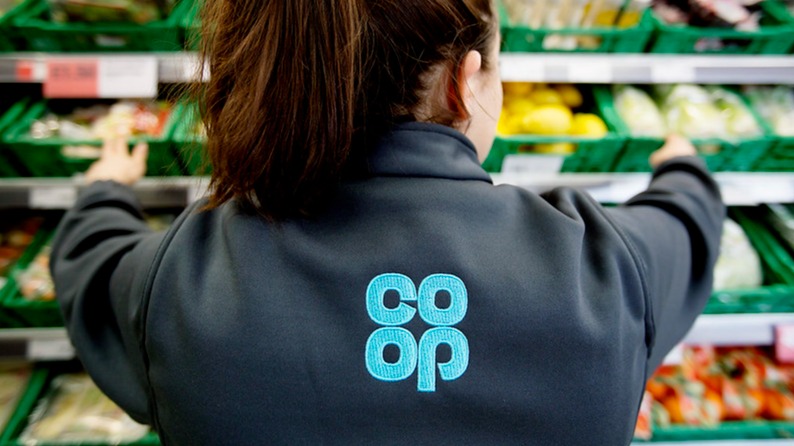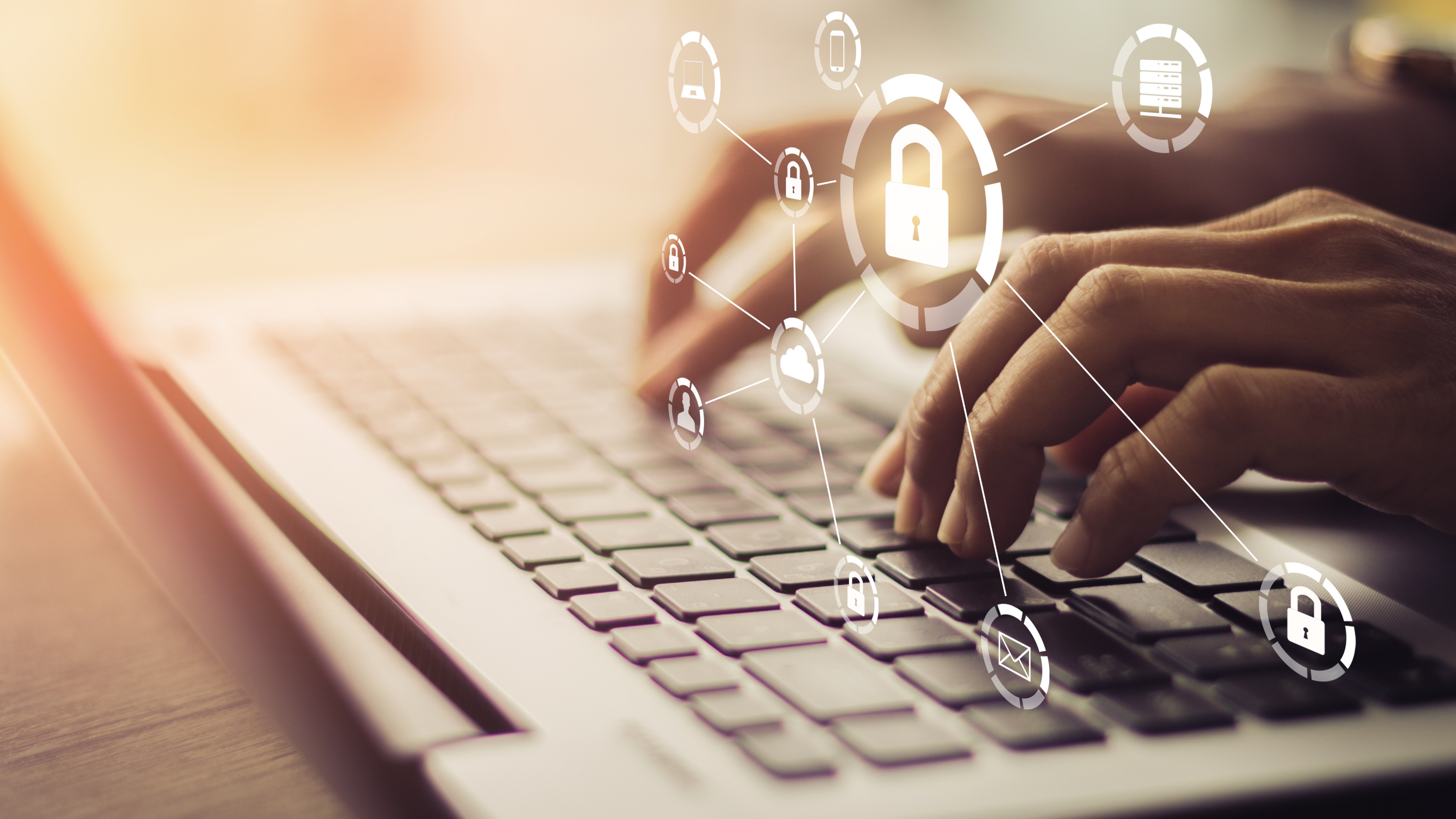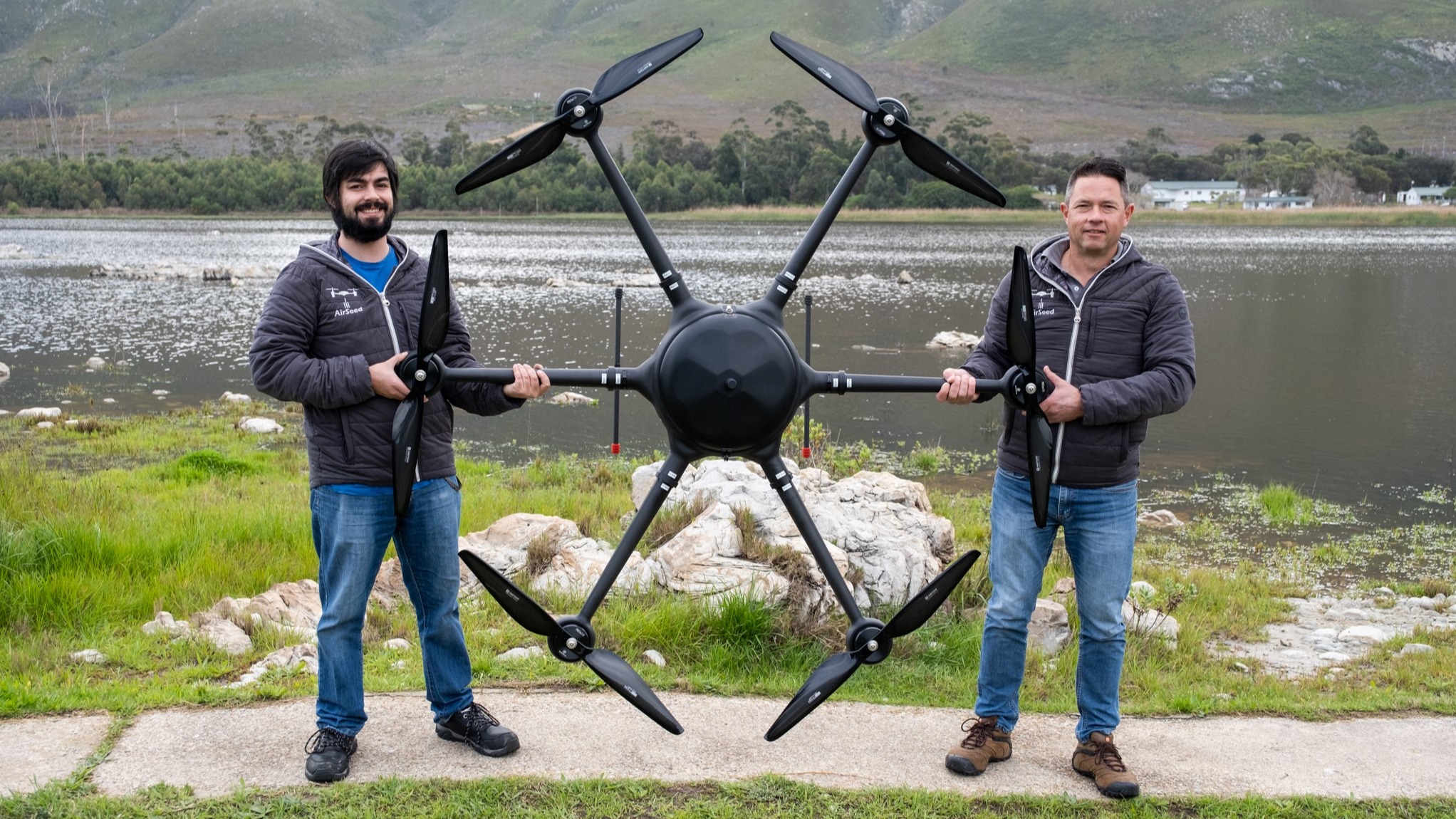Cyber security professionals are more worried about day-to-day stress and lack of career progression than suffering a cyber-attack, according to research from The Chartered Institute of Information Security.
The study, which surveyed 315 security professionals, found that a third are “kept awake” by job stress, a quarter by lack of opportunity, and only 22 per cent by their organisation suffering a cyber-attack.
“Failure to adopt industry standards puts security teams on the back foot when it comes to protecting organisations against cyber-attacks, and only adds to their day-to-day stress,” said Amanda Finch, chief executive of CIISec. “Without investing time and effort into making cyber security professionals’ lives easier, organisations are setting themselves up for failure.”
Finch added: “People need to be supported in their roles – with the right processes in place, the skills to do their jobs effectively, and clear paths to progress. Without this, the industry will soon see burnt-out talent who can’t defend against evolving threats.”
70 per cent of respondents said that people are still the biggest cybersecurity challenge they face in security, compared to technology – 17 per cent – and process – 13 per cent.
Three quarters said that the cybersecurity market is “growing”, with a further 15 per cent say it is “booming”.
Latest News
-
The top technology trends to expect in 2026
-
The most read National Technology News stories of 2025
-
Lyft and Uber sign deals with Baidu for robotaxi trial in London
-
Nextdoor launches AI-driven self-serve ads platform for small businesses
-
Italy's antitrust fines Apple €98.6m over alleged App Store dominance
-
Visa partners with UAE real estate firm to launch voice-enabled agentic commerce payments
The future-ready CFO: Driving strategic growth and innovation
This National Technology News webinar sponsored by Sage will explore how CFOs can leverage their unique blend of financial acumen, technological savvy, and strategic mindset to foster cross-functional collaboration and shape overall company direction. Attendees will gain insights into breaking down operational silos, aligning goals across departments like IT, operations, HR, and marketing, and utilising technology to enable real-time data sharing and visibility.
The corporate roadmap to payment excellence: Keeping pace with emerging trends to maximise growth opportunities
In today's rapidly evolving finance and accounting landscape, one of the biggest challenges organisations face is attracting and retaining top talent. As automation and AI revolutionise the profession, finance teams require new skillsets centred on analysis, collaboration, and strategic thinking to drive sustainable competitive advantage.
© 2019 Perspective Publishing Privacy & Cookies








Recent Stories